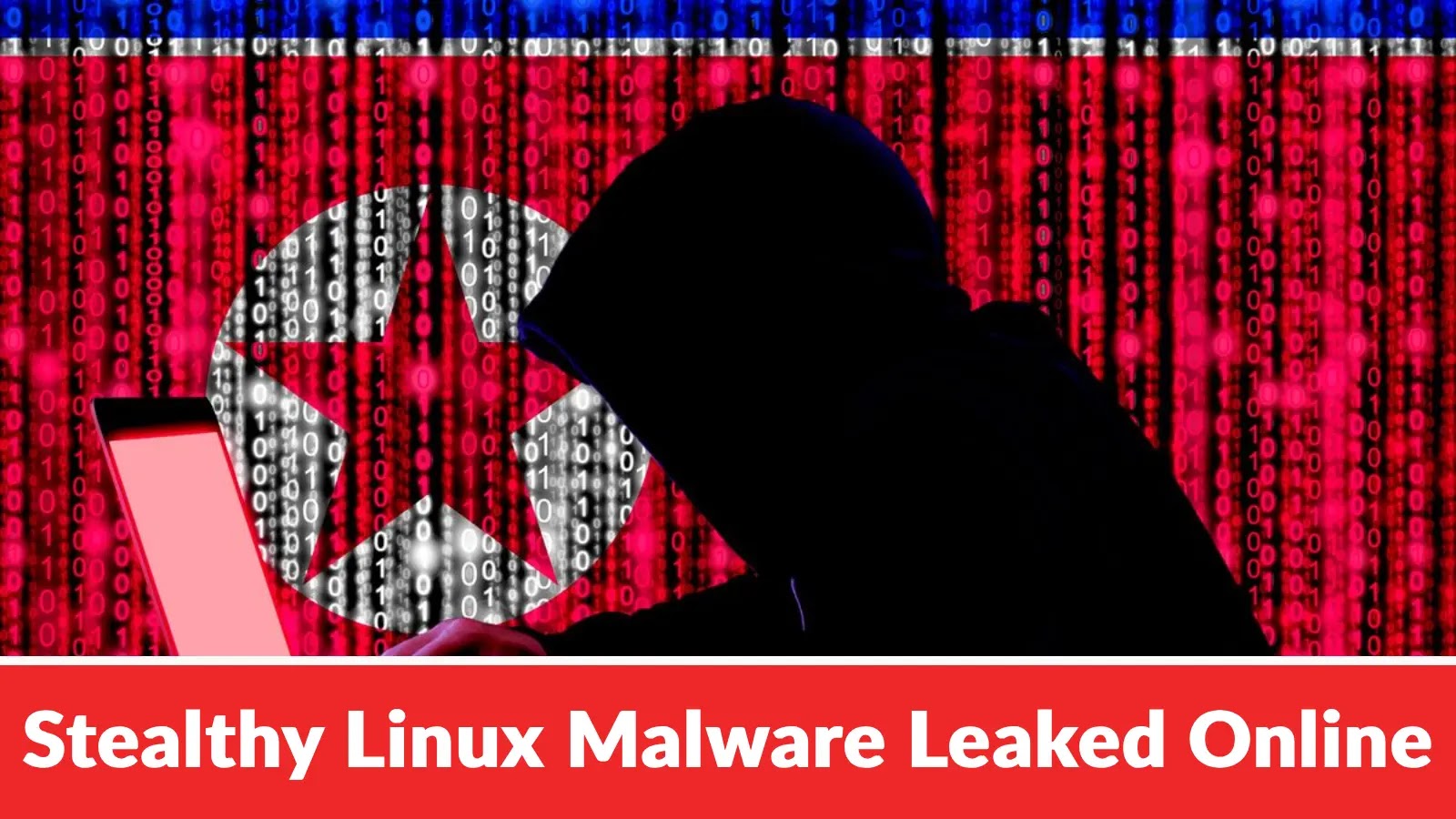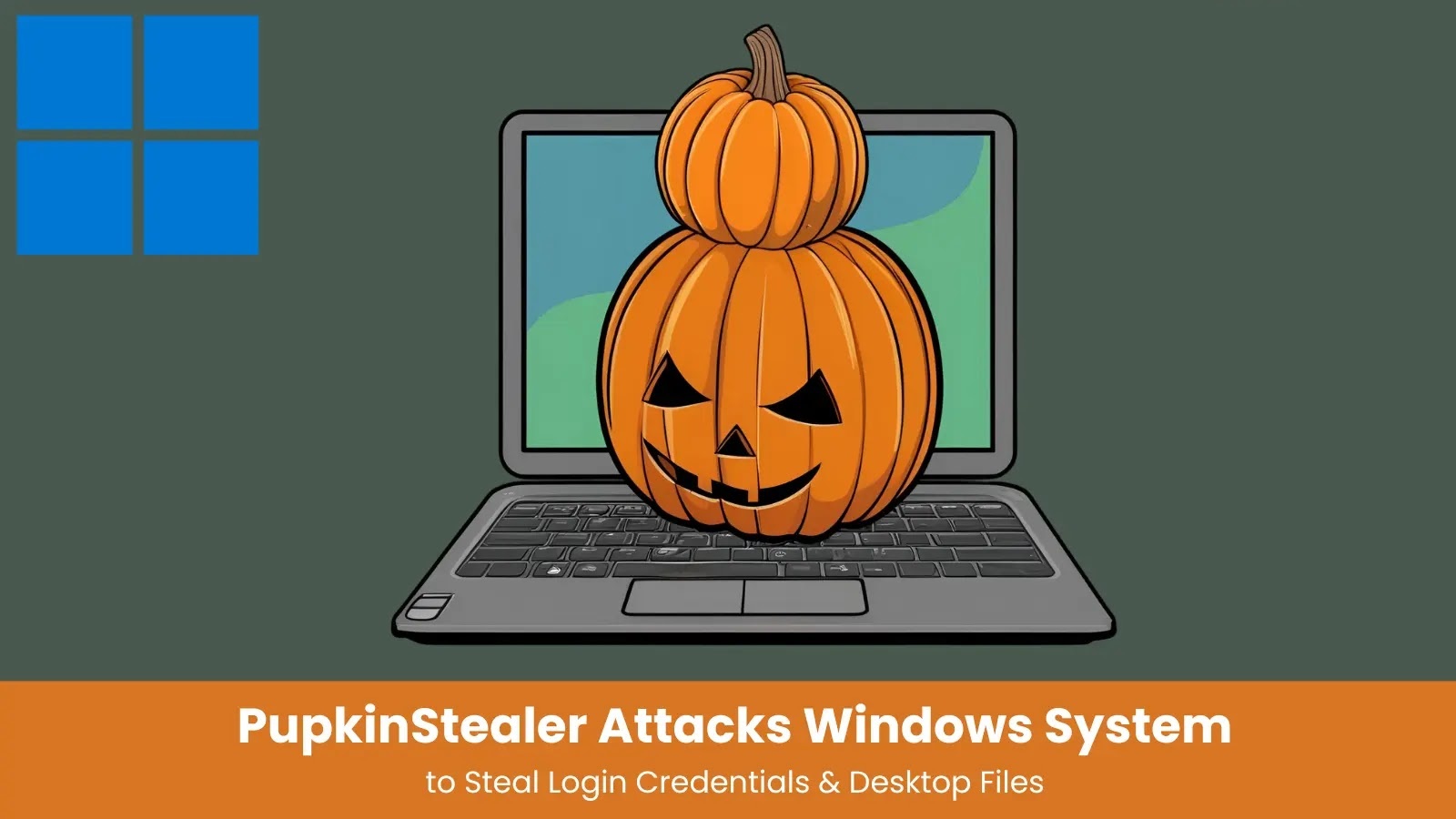In a significant cybersecurity breach, a collection of sophisticated hacking tools and technical documents, allegedly from a North Korean threat actor, has been leaked online. This disclosure, detailed in Phrack Magazine, includes advanced exploit techniques, comprehensive system compromise logs, and notably, a highly sophisticated Linux stealth rootkit.
The leaked tools appear specifically designed for attacks on South Korean government and private-sector systems. Several techniques within the leak closely resemble those attributed to North Korea’s infamous Kimsuky Advanced Persistent Threat (APT) group.
The emergence of this malicious software bundle has raised alarms among global cybersecurity experts. The leak not only exposes the operational methods of North Korean attackers but also provides other malicious actors with a ready-made arsenal of attack methodologies.
Initial analyses of the leaked information suggest successful infiltrations into internal South Korean networks, potential theft of sensitive digital certificates, and ongoing development of backdoor access points. This exposure underscores the link between sophisticated state-sponsored espionage and persistent cyber threats targeting critical infrastructure across the Asia-Pacific region.
Following these revelations, analysts at Sandfly Security conducted an in-depth examination of the leaked Linux rootkit. Their forensic research uncovered a tool capable of exceptional stealth, allowing attackers to conceal backdoor operations, hide files and processes, and maintain persistence even in highly monitored environments.
According to Sandfly’s report, this newly disclosed rootkit builds upon the established khook library, a framework commonly exploited by kernel-mode malware to intercept and camouflage Linux system calls. The implications for organizations relying on Linux infrastructure are severe, as this malware can bypass traditional detection tools while enabling encrypted, covert remote access for attackers.
Infection and Persistence Tactics
A particularly insidious aspect of the North Korean rootkit is its robust infection and persistence mechanism, designed to ensure both survivability and clandestine operation.
Upon initial compromise, the malicious kernel module (typically stored as `/usr/lib64/tracker-fs`) is installed, uniquely tailored to the victim’s kernel version—a process prone to failure if the target system is updated, yet extremely effective when successful.
The rootkit immediately conceals its own module, rendering tools like `lsmod` ineffective in revealing its presence. Detection instead requires forensic checks against unusual files or unsigned module warnings—a task emphasized by Sandfly researchers.
Once loaded, the rootkit executes a multi-layered concealment strategy for both itself and the associated backdoor payload (commonly `tracker-efs`, hidden under `/usr/include/tracker-fs/`).
Its persistence is ensured through scripts placed in hidden System V init directories (`/etc/init.d/tracker-fs`, `/etc/rc.d/S55tracker-fs`), each configured to reinject the kernel module at every system boot.
Notably, these files and directories disappear from standard directory listings but can still be accessed if their full paths are specified or by using advanced forensic utilities—a fact that complicates manual incident response and highlights the sophistication of the attack.
For example, system administrators might see empty directories with `ls /usr/lib64`, yet direct commands such as:
“`
stat /usr/lib64/tracker-fs
file /usr/lib64/tracker-fs
“`
will return details about the hidden malicious module if it is present and active.
The backdoor component subsequently listens for magic packets on any port, bypassing firewall rules and allowing encrypted remote command execution, file transfer, SOCKS5 proxy deployment, and lateral movement between compromised hosts.
It further employs anti-forensic shell features, wiping command history and evading detection by hiding from process monitors and system logs.
The leak’s publication has therefore exposed not just a collection of attack tools but also a rare, comprehensive guide to advanced Linux persistence and evasion methods.
As Sandfly Security’s research makes clear, the only reliable defense against such implants involves automated forensic hunting, strict monitoring for abnormal kernel activity, and, where compromise is suspected, immediate system isolation and forensic triage.
The rootkit’s design teaches an urgent lesson: in the escalating battle of cyber offense and defense, detection and response methods must continually evolve to address the threat of state-sponsored stealth malware.



